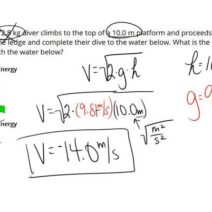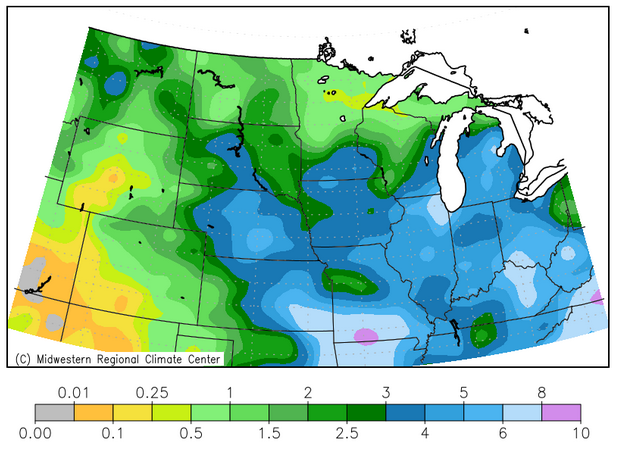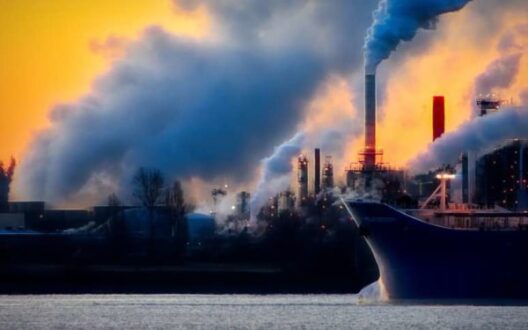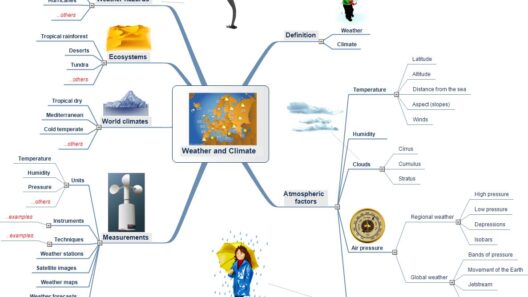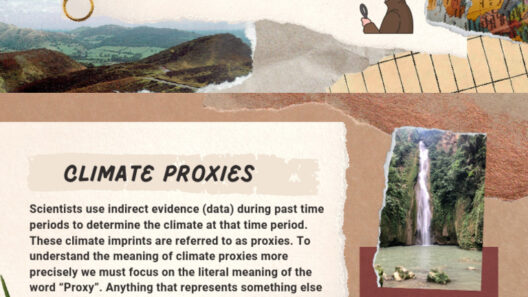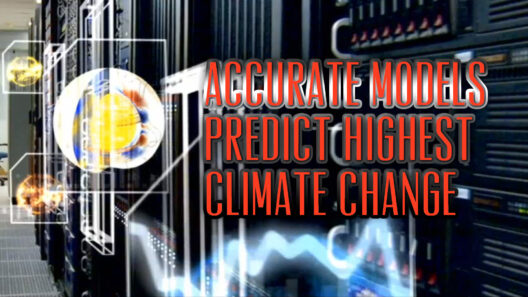The climate of the Midwest, often referred to as America’s heartland, is characterized by its diverse weather patterns and significant seasonal variations. This region, which encompasses states like Illinois, Indiana, Iowa, Michigan, Minnesota, Missouri, Ohio, and Wisconsin, stands out not merely for its agricultural productivity but also for its unique climatic attributes that shape the way of life for its inhabitants.
At the core of the Midwest’s climatic identity is its **continental climate**, a classification marked by wide temperature fluctuations between the seasons. This climate zone effects the daily lives of residents and influences the ecological balance in the region. The summers can be sweltering, with average temperatures soaring into the 80s and 90s degrees Fahrenheit, while winters are marked by frigid air masses that can plummet to below zero, particularly in the northern expanses. Such extremes demand resilience and adaptability from both the populace and the natural ecosystems.
One of the most distinguishing features of the Midwest’s climate is its **precipitation patterns**. This region receives a varying amount of rainfall, generally ranging from 20 to 40 inches annually. Interestingly, the distribution of this rainfall can fluctuate significantly in relation to geographic location and seasonal changes. The spring months often bring a surge of rain, acting as a boon for agriculture after the winter slumber. However, as crops are planted, the possibility of persistent drought cannot be dismissed. Periods of drought can occur, disproportionately affecting farmers and impacting the regional economy.
The delicate interplay of temperature and precipitation leads to an astonishing variety of natural phenomena. **Severe weather events**, such as thunderstorms, tornadoes, and blizzards, are not uncommon. These extreme weather events illustrate the raw power of nature and the thin line between nurturing and perilous. For instance, tornadoes, often breeding during the warmer months of May and June, can create awe-inspiring yet terrifying vistas. The notorious ‘Tornado Alley,’ which runs through parts of the Midwest, serves as a reminder of this dichotomy within the heartland.
In examining the Midwestern climate, one cannot overlook the influence of the **Great Lakes**, which shape weather patterns due to their sheer size and thermal properties. The lakes act as moderating forces, fostering localized microclimates. The lake-effect snow phenomenon, for example, occurs when cold air moves over the warmer waters of the lakes, resulting in heavy snowfall in the surrounding areas. This can lead to idyllic winter landscapes, albeit coupled with the challenges of travel and infrastructure strain.
While the Midwest is often romantically depicted as a patchwork of rural landscapes dotted with quaint towns, the reality of its climate is one of continuous adaptation. **Agriculture**, being the lifeblood of the economy, is particularly sensitive to climatic shifts. Farmers face the challenge of unpredictable weather, dealing with challenges ranging from pest infestations exacerbated by warming temperatures to the risk of crop failure due to late frosts. Innovating sustainable practices is paramount; farmers are increasingly embracing methods like crop rotation and cover cropping to mitigate adverse effects.
Urban areas, too, are not immune to the climate’s whims. The phenomenon of the **urban heat island effect** is increasingly observable in Midwestern cities, where concrete jungles amplify heat, creating pockets of discomfort during the sweltering summer months. Additionally, this urban setting can exacerbate flooding risks due to poor drainage systems overwhelmed by heavy rainstorms, illustrating a pressing need for innovative urban planning and infrastructure development that account for climate resilience.
The dialogue about climate change in the Midwest is becoming more urgent. A noticeable **shift in weather patterns** is becoming evident, marking a transition that demands attention. Warmer winters and erratic seasonal shifts not only challenge traditional farming schedules but also affect the natural habitat of various species endemic to the region. Research indicates that invasive species, previously limited by colder temperatures, are beginning to thrive in warming soils. This has consequences for the native flora and fauna, leading to biodiversity losses and ecosystem imbalances.
The Midwest’s rivers and lakes are also experiencing ecological pressures due to climate variability, resulting in **water quality concerns** that impact both human and wildlife populations. Increased temperatures can lead to algal blooms, which produce toxins detrimental to aquatic life and human health. Consequently, policymakers and environmental advocates are tasked with the complex challenge of safeguarding these vital water systems.
The urgency is palpable. As communities navigate these climate realities, they seek practical solutions and engage in **community-centric dialogues** aimed at fostering resilience. Programs focusing on renewable energy, sustainable agriculture, and efficient water management are gaining traction as part of a holistic approach to combat climate change. The emphasis on adaptability defines not just individual choices but collective initiatives that seek to embed sustainability into the Midwestern ethos.
In conclusion, the climate of the Midwest is a dynamic tapestry interwoven with challenges and opportunities. Understanding its complexity is essential for residents, policymakers, and environmentalists alike. Embracing this multifaceted climate necessitates a profound awareness of the delicate balance between human activity and natural ecosystems. Ultimately, the collective response will determine the future trajectory of this vital American heartland.
